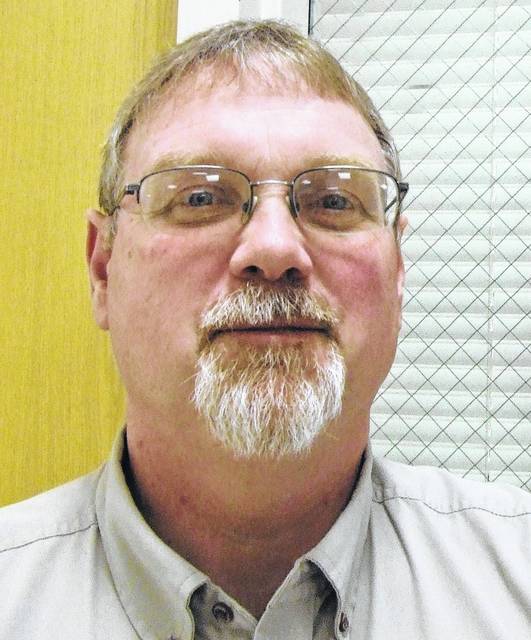
November is supposed to be a time to be thankful, but the recent weather is certainly one thing I am not thankful for.
Yuk! It is too much of a reminder of winter and I am not ready for that. Besides, I would like to get the farmers finished with harvest.
There are lots of things I can be thankful for this time of year, but let us not forget all the men and women who are veterans. To our men and women still serving and to those who have served: Thanks for all you do and have done to keep us safe. Thank you!
I am also thankful that our producers did not struggle to the extent that some did in Ohoo with the extreme wet planting season this year. We have been very blessed compared to some that did not get crops planted and/or have seen lesser yields because of it.
One theme talking to producers that has become very evident is the topic surrounding soil. This includes soil compaction and soil health. This would also include drainage, fertility and soil balancing.
There are literally hundreds of ideas and concepts to what soil health is, but soil health is basically built around five principles:
1. Keep the soil covered
2. Do not disturb the soil
3. Maximize diversity
4. Keep living roots growing
5. Integrate managed livestock.
The USDA Natural Resource Conservation Service (NRCS) defines soil health as “the continued capacity of soil to function as a vital living ecosystem that sustains plants, animals and humans.”
These five principles of soil health can help to ensure a healthy soil, which leads to increased soil nutrient cycling, improved water infiltration and improved soil structure. This is not the only definition. Soil health can mean several things to several farmers but the basis is built again on the five principles mention earlier.
To most farmers the definition would read something like this: Taking care of our soil through methods and practices that promote our soils to hold enough water, sustain enough nutrients and provide pest control to nurture productive and economically viable yields.
Another piece to developing healthy soil is through what some call soil balancing. According to some background provided by researchers at Ohio State University, soil balancing concepts were first proposed in the late 1800s by German scientist, Oscar Loew, and then built upon by others starting in the mid 1900s.
However, the main concepts are commonly associated with William A. Albrecht, a Professor at the University of Missouri during the 1930s-1960s. Albrecht believed that crops responded to limestone or gypsum because of increasing Ca levels, rather than as a result of effects on soil pH.
For most farmers and scientists, soil balancing generally refers to the theory and practice of attaining an optimum ratio of the plant nutrients, calcium (Ca), magnesium (Mg), and potassium (K), in the soil. For many soils, achieving balance requires relatively large inputs of calcium-rich minerals (limestone and/or gypsum) in order to raise Ca to the desired level.
A balanced soil is rarely achieved quickly and often requires an investment of resources. Soil balancing is based on Base Cation Saturation Ratio (BCSR) theory that calls for approximately 65, 10, and 5 percent of a soil’s cation exchange sites (Cation Exchange Capacity or CEC) to be occupied by Ca, Mg, and K, respectively. CEC refers to a soil’s innate ability to retain nutrients and make those nutrients available to crops.
Soils high in CEC hold more nutrients and thus can release more than soils low in CEC.
According to some experts including Ohio State, many soil balancing practitioners closely follow the core principles outlined by Albrecht, with a primary focus on the use of limestone and gypsum to manage the soil.
For others, however, “soil balance” refers to a wider range of considerations. This broader view says that a balanced soil includes a ‘balanced soil biology’, which may involve the applications of micro-nutrient blends and microbial formulations thought to help accelerate the balancing process and contribute to overall soil health.
Soil balancing is considered to be a long-term approach that may not have observable benefits in the short-term. This may be why some scientists conducting controlled experiments to evaluate BCSR have found little evidence of its advantages beyond what can be achieved by focusing on individual nutrients and general soil health.
This may also be a reason for more needed research in the future.
No matter what, if we are to continue as farmers feeding the world population, we will have to continue to learn more about soil, soil health and management of soil.
Remember, life is sustained through a healthy soil.
Tony Nye is the state coordinator for the Ohio State University Extension Small Farm Program and has been an OSU Extension Educator for agriculture and natural resources for over 30 years, currently serving Clinton County and the Miami Valley EERA.


